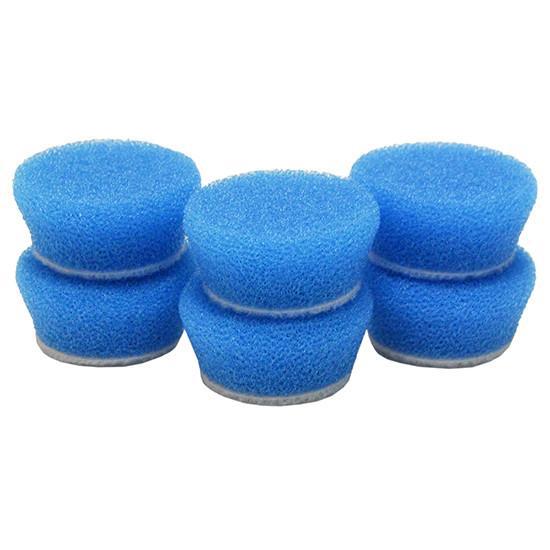Graphene VRT™ has additionally been formulated to contain the same reduced graphene-oxide ceramic resins that are built into our other graphene products, such as Graphene Detail Spray™, allowing for a curing characteristic to be added to a traditional water-based, silicone vinyl, rubber, and trim dressing.
Naturally, one direct comparison many will make is Graphene Tire Dressing™ and Graphene VRT™ - how are they different? Much of the difference is related to details “under the hood” – what is the ratio of the different silicone fluids, what polymers and resins are included or missing, how the emulsions are built for their intended purpose – but the largest difference is obviously the viscosity. The two formulations are made to suite different purposes in the detailing process.
Graphene VRT™ is about versatility for use on many substrates and the thicker viscosity aids clinging so it doesn’t run on a vertical surface. It will work similarly to the Graphene Tire Dressing™ on tires, but the decision is do you want a crème-lotion or do you want to be able to spray and wipe? Both will provide a very satin-sheen, or can be layered to a semi-gloss, while being very durable and resistant to weather events and washes.
Instructions for General Use:
- Clean and prepare surface to receive dressing by using either Adam’s All Purpose Cleaner or Adam’s Tire & Rubber Cleaner to degrease contaminants and old dressing from the surface and allow to dry.
- Apply several drops of Graphene VRT™ onto an Adam’s VRT Block or an Adam’s Grey Microfiber Applicator Pad. During application, as the applicator gets dry, apply more product directly to the applicator.
- Work to level the product evenly across the surface using broad strokes and light pressure. For tires, work into the treads, face, lettering and tire details using the applicator in a clockwise and counter clockwise fashion, changing directions periodically.
- Allow the dressing to penetrate and dry for 10-15 minutes and wipe down any excess using an Adam’s Edgeless Utility Towel and ensure no product was left on unintended surfaces such as rims and paintwork.
- Where possible, avoid weather or unintended moisture exposure for several hours to a day.




















